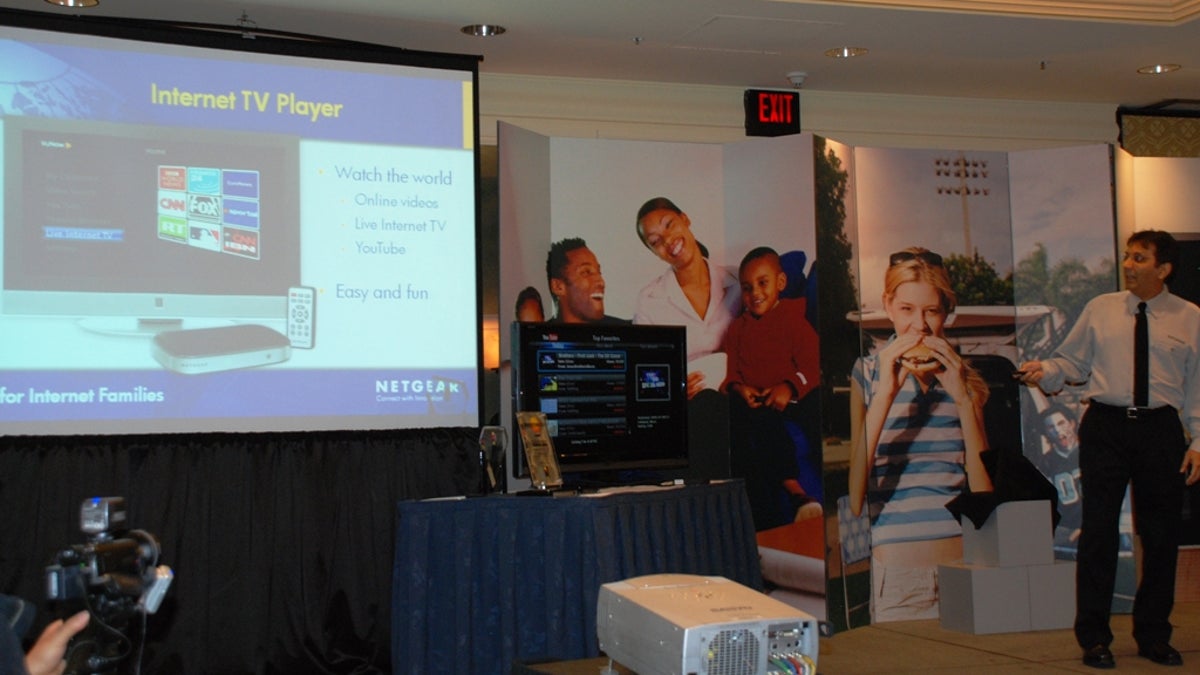CES 2009 wrap-up: What to expect from networking
Based on what was introduced at CES, here's a summary of what's coming from networking vendors in the year ahead.

The main networking themes at CES 2009 were faster, greener, and more diverse.
The nicest surprise, however, was not a product but the return of Buffalo. After two years of court sanctions, Buffalo now has regained the right to sell networking products in North America. It's interesting that in the Chinese calendar, 2009 is also the year of the Ox.
The company offers a few sleek-looking routers, both Wireless-N and Wireless-G. In my experience, Buffalo offers great budget routers, which are affordable and yet reliable at the same time. This is good news for consumers.
While Buffalo's portfolio doesn't contain anything revolutionary, Trendnet D-Link showed off new Wireless-N routers that offer speeds up to 450Mbps, a 50 percent boost from its cap of 300Mbps. This is achieved by adding more single streams to an antenna, much like adding more garden hoses to better the watering. The new technology uses three signal streams per antenna.
The new speed is based on a common standard, and therefore, once certified by the Wi-Fi Alliance, routers and adapters from different vendors will interoperate at the new high speed.
Speaking of the Wi-Fi Alliance, the organization, together with In-Stat, released a report CES at saying that the consumption of Wi-Fi chips increased by 26 percent in 2008. The group expects this momentum to continue into 2009.
Intel introduced a new wireless technology called My WiFi that allows for a Centrino 2-based laptop to work both as a wireless client and wireless router. This means that apart from sharing Internet access tirelessly on the go, you now can connect the laptop easily to up to eight other wireless devices without a need for a separate router/access point.
This CES also saw a couple of rather unusual wireless routers, including the G-Fi from PosiMotion and the DIR-685 from D-Link. Unlike any routers I've heard of, the G-Fi doesn't share the Internet but offers sharing a GSP signal over Wi-Fi connection. It does support a regular LAN for you to share resources between computers, however.
The D-Link DIR 685, on the other hand, is unusual in the sense that it offers a lot apart from routing. It has a built-in bay for a 2.5-inch SATA hard drive and an LCD that can display streamed contents or used as a photo frame.
Other than networking products, networking vendors also showed off cool network storage and network security products.
Netgear started with the all new content streamer/player, the Digital Entertainer AVA9150 and an Internet TV player.
D-Link has a small but ever-useful SideStage, a 7-inch USB-powered add-on LCD monitor, and security-centric NAS servers.
Linksys also offers a new set of advanced NAS severs, while Trendnet joins the security club with a new way to monitor network cameras.
Last but not least, overall, networking vendors are all going green, offering products that use remarkably less energy and are made of recycled materials. This is significant considering the increasing ubiquity of Wi-Fi and networking devices.

